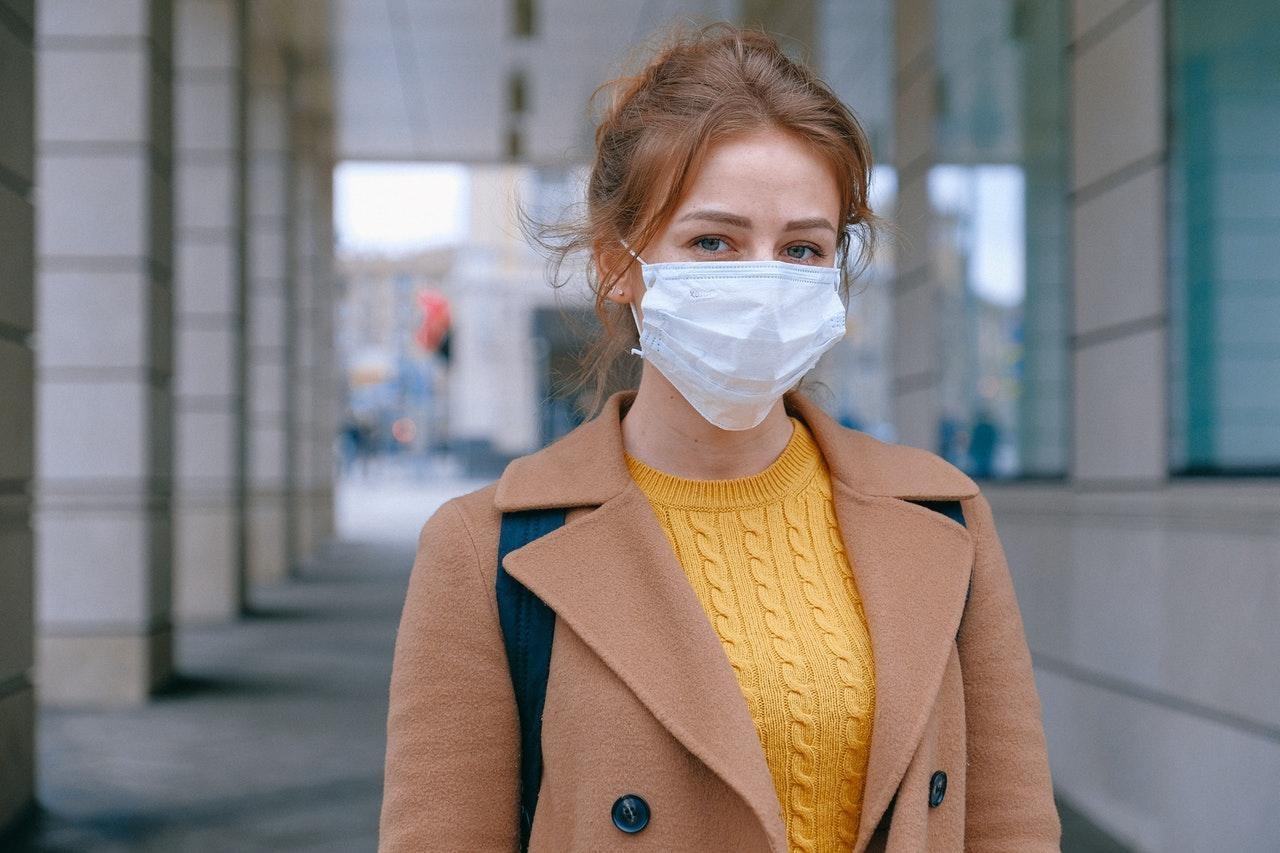Nearly two years have passed since the COVID-19 pandemic, and most of us are aware of the short-term and long-term aftermath of coronavirus.
With a recovery rate of 82.6% in India after April 26, COVID-19 has affected humans both physically and mentally.
Getting back to normal after recovering from COVID-19 is challenging. Whether you have recovered from a mild or serious illness, it is important to gradually return to your physical activity.
However, the symptoms may worsen if you exercise again after being mildly symptomatic. Therefore, it is important to consult your doctor or healthcare provider before resuming physical activity.
How does COVID-19 affect your lungs and heart?
Do you know the receptors that the virus binds to? The new coronavirus binds to receptors in the upper and lower respiratory tract and causes coughing and cold-like symptoms.
It triggers inflammation of the lungs because your immune system tries to protect itself against the virus and starts the symptoms of pneumonia.
People who become infected with COVID-19 regain normal lung function within 4 to 5 weeks. Until then, your physical activity becomes more difficult than usual due to persistent fatigue, shortness of breath, and coughing.
According to many published studies of patients with COVID-19, heart problems, such as myocarditis, have become a particular concern for them.
Existing myocarditis can get worse when you continue to exercise even if you are infected with the virus. Viral replication may increase with exacerbated myocarditis.
Why is exercise useful?
Many people’s exercise habits have been hampered by a sedentary lifestyle, closing the gym and shelter at home. But surely participating again for training is very helpful for those who have had COVID-19.
Exercise improves your overall health by activating a medical immune response when you exercise moderately.
However, you should be very careful when returning to physical activity if you have experienced COVID-19 symptoms.
Apart from the virus, you will lose muscle tone, conditioning, and muscle strength if you have not trained for a long time. Your body needs time to adjust when you engage in physical activity.
Therefore, exercise is useful for those who are healthy and for those who have recovered from COVID-19.
Get back to training easily:
Due to viral effects on heart health, cardiac arrhythmias and inflammation of the heart are very common in middle-aged people.
With the likelihood of heart complications, you should seek medical attention from your cardiologist to return to exercise.
Physical activity can become difficult due to post-viral syndrome, leaving people tired and weak.
It is also important to get out of bed while you are sick and breathe deeply to keep your lungs in condition due to deconditioning after bed rest.
Here are some steps to get back to training:
If you are still ill, do not exercise:
If you still feel sick after recovery, do not engage in any strenuous physical activity. Symptoms may include palpitations, shortness of breath even at rest, cough, and chest pain.
Get back to training slowly:
If you do not have chest pain or shortness of breath after a mild symptomatic infection, it is important to wait seven days after your recovery before exercising again.
Start with 50% of normal training. It is recommended to resume your full activity gradually and gradually.
Do not exercise if the symptoms reappear:
You should contact your doctor if your symptoms reappear after exercise. These symptoms may include palpitations, fever, chest pain, or shortness of breath.
If you have a heart complication, consult your doctor before exercising again:
Before exercising again, you should seek the advice of your cardiologist. If you have symptoms such as fatigue, weakness, chest pain, and shortness of breath, your doctor may recommend a myocarditis test.
Get tested:
Get tested for COVID-19 before resuming physical activity, even if you have cold and flu symptoms. If you have COVID-19, get tested and let your doctor decide if you can exercise again.
Conclusion:
COVID-19 carries the risk of cardiovascular disease with significant mortality and morbidity. Pay attention to your body, relax and stay in touch with your doctor. If you have difficulty with it


